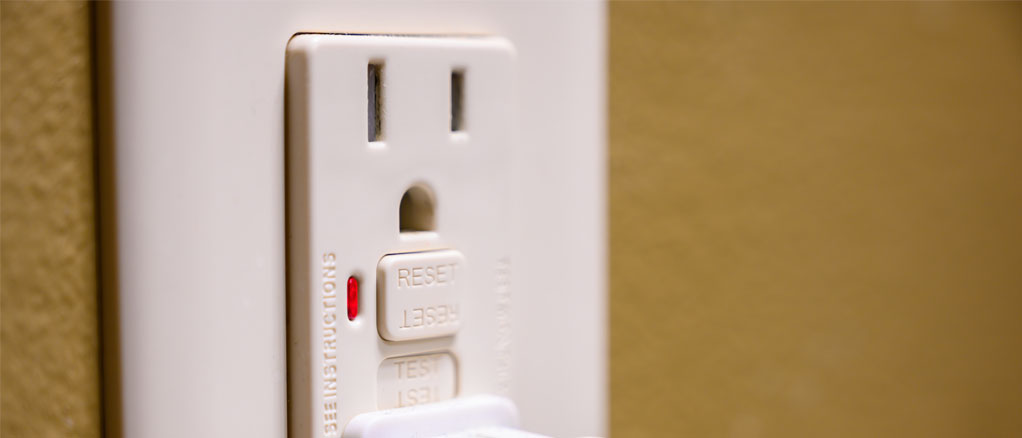Ground Fault Circuit Interrupters

A ground fault circuit interrupter (GFCI) is a type of circuit breaker that shuts off electric power when it detects an imbalance between incoming and outgoing current. The purpose of a GFCI is to prevent electrical shock due to a short circuit, insulation failure or equipment malfunction. It is often found in bathrooms or kitchens where electrical appliances are used in close proximity to water.
The National Electric Code (NEC) requires GFCI protection essentially everywhere water or moisture may be present—including places like kitchens, bathrooms, crawl spaces and laundry areas. Water or wet objects can conduct electricity and connect your body to a ground potential causing a shock from a ground fault. GFCIs should be tested monthly to determine if they are still functioning properly.
How a GFCI Works
The GFCI constantly monitors the current flowing in a circuit to detect fluctuations in real-time. If any change in the flow is detected in the circuit, the GFCI will immediately shut off the flow of electricity. The GFCI uses a differential transformer to compare the current going out and the current coming back in. It can detect an imbalance as small as 0.005 amps and can shut off in as little as 1/40 of a second.
Types of GFCIs
Ground fault circuit interrupters come in three types: the receptacle type that installs inside an electrical box, the circuit breaker that installs in an electrical panel and a temporary or portable type that is often used in construction and outdoor settings.
If you suspect any of your GFCI circuits are no longer working or need to upgrade the outlets in your home, give Bradley Mechanical a call today at (804) 748-6728. Our electricians will gladly test your outlets and circuits to determine they are in working order.








